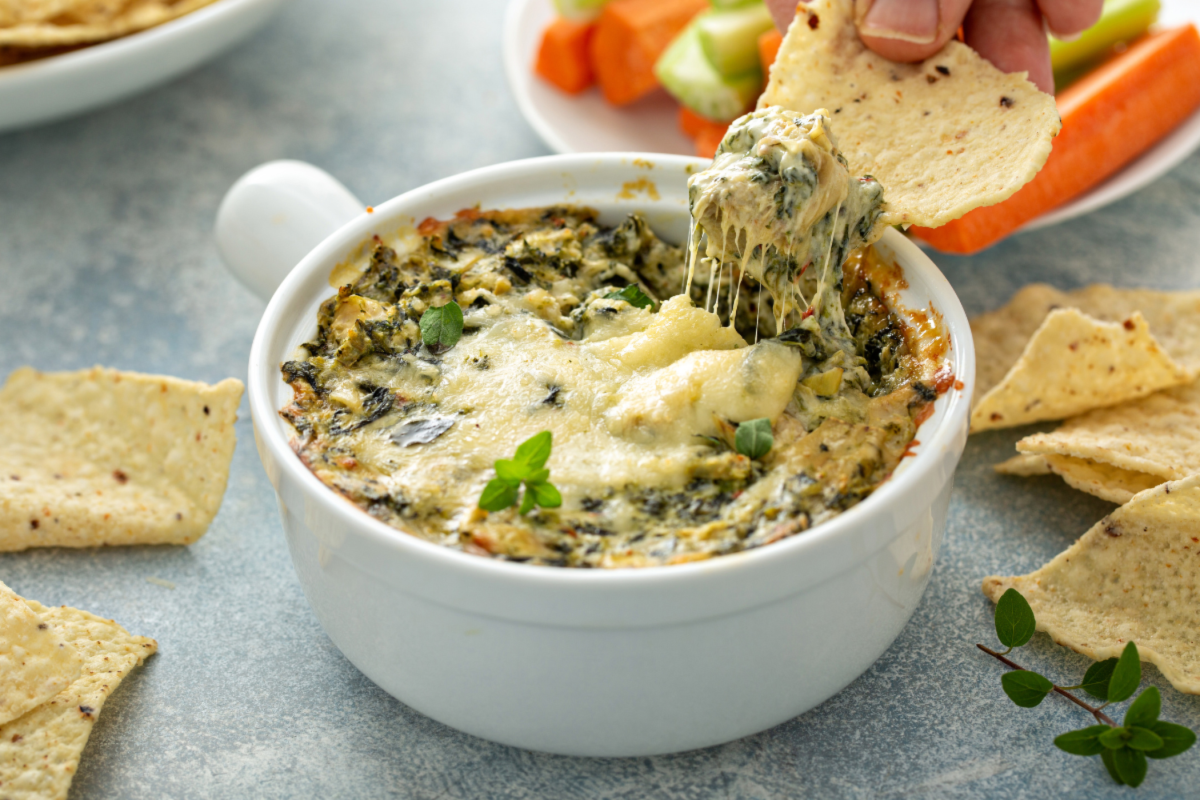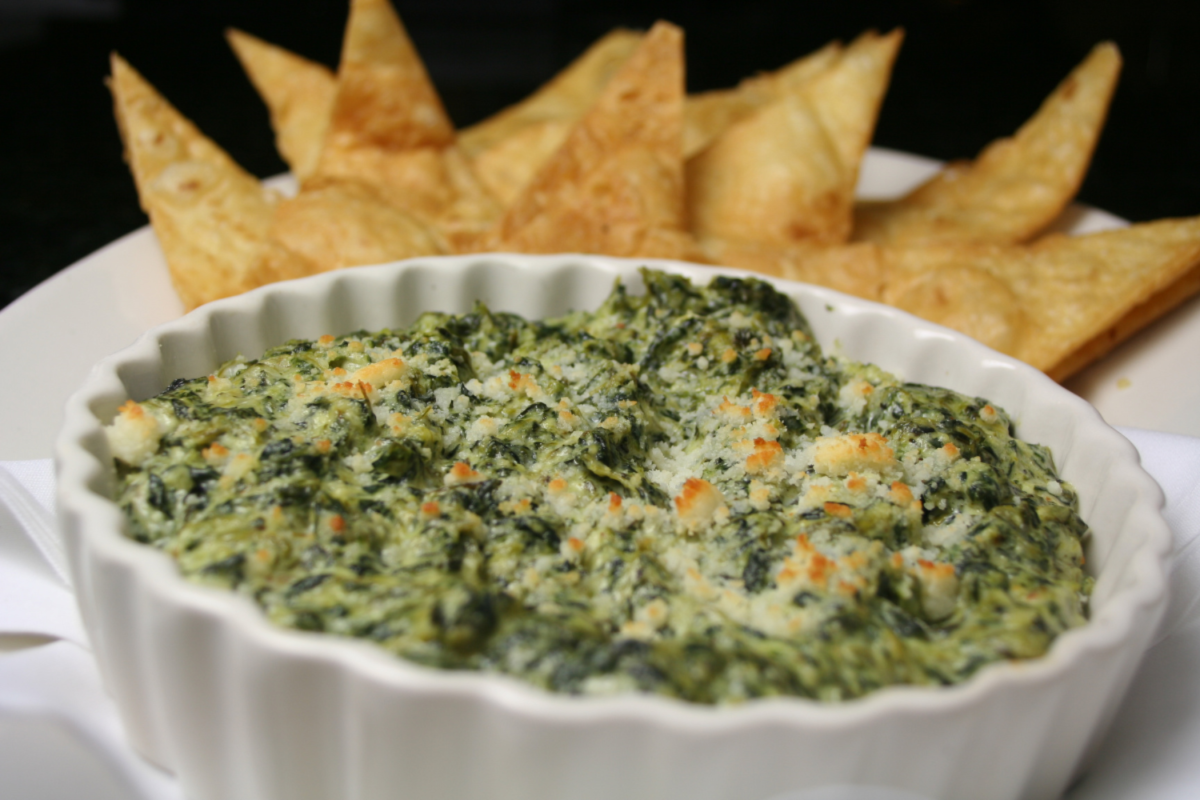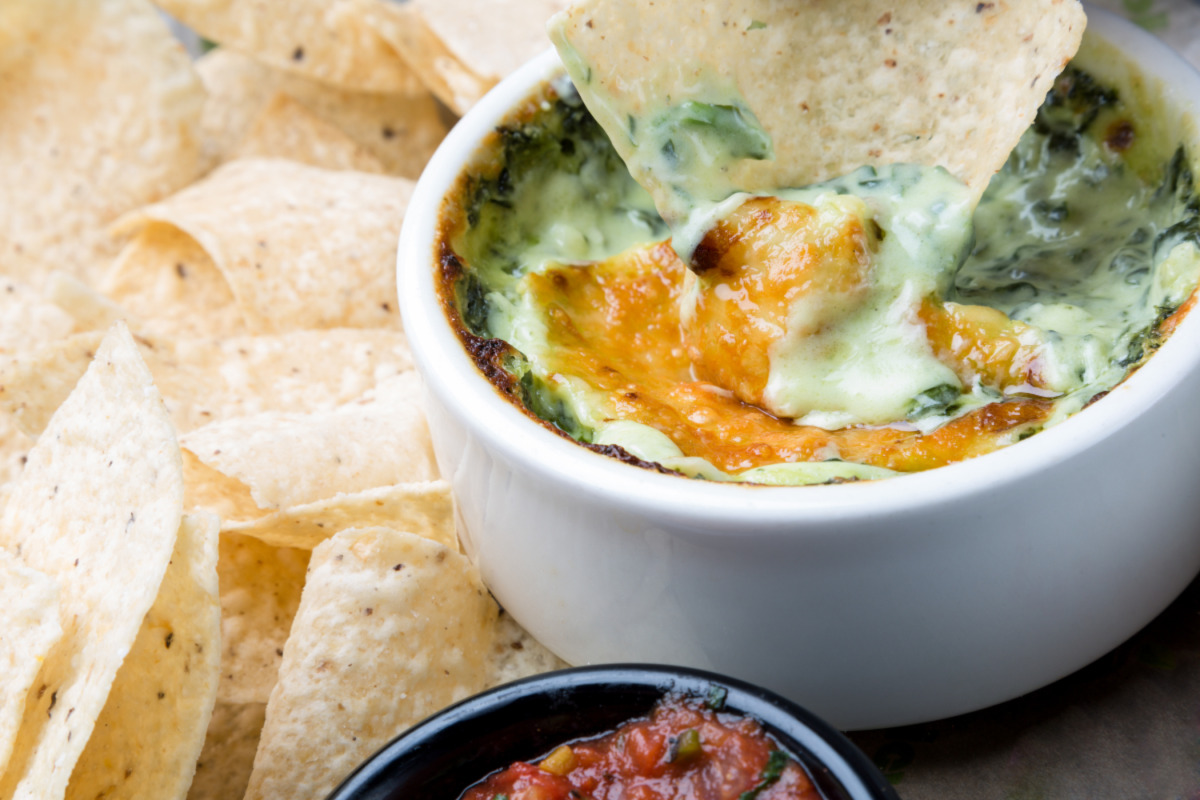Introduction to Using Frozen Spinach in Dips
Frozen spinach offers a convenient, nutritious addition to dips, perfect for health-conscious individuals and those looking to add a green boost to their snacks.
This guide dives into whether you need to cook frozen spinach before incorporating it into your dip recipes, ensuring you get the best flavor, texture, and nutritional benefits.

Understanding Frozen Spinach: A Comprehensive Guide
Understanding frozen spinach offers many benefits, from its nutritional value to its versatility in the kitchen. Unlike fresh spinach, which can wilt and spoil quickly, frozen spinach provides a longer shelf life while retaining most of its nutrients, making it a great choice for maintaining a healthy diet without frequent trips to the grocery store.
The Nutritional Power of Frozen Spinach
Frozen spinach packs a punch with vitamins and minerals, including iron, calcium, and vitamins A, C, and K. It also offers antioxidants and fiber. Freezing locks in these nutrients, ensuring you get a healthy dose in every serving.
Choosing and Storing Frozen Spinach
Look for packages free from excessive ice crystals to indicate that the spinach has not been thawed and refrozen. Store it in your freezer and aim to use it within six months for the best quality and nutritional value.
Preparing and Cooking with Frozen Spinach
Frozen spinach simplifies preparation with no need for washing or chopping. Simply thaw and squeeze out the excess water before adding it to your recipes. Its versatility shines in a variety of dishes, from smoothies and soups to dips and main courses.
The Versatility of Frozen Spinach in Recipes
Incorporate frozen spinach into any meal for a nutrient boost. Blend it into smoothies, mix it into pasta sauces or lasagnas, or use it as a base for a healthy spinach dip.
FAQs About Frozen Spinach
- Can you eat frozen spinach without cooking it? Yes, after thawing and draining, you can add it to cold dishes like salads or smoothies.
- Is frozen spinach as nutritious as fresh? Yes, it retains most nutrients during freezing, making it just as beneficial.
- How do you thaw frozen spinach? Thaw it in the fridge overnight or defrost it in the microwave. Always squeeze out excess water before use.
- Can you refreeze thawed spinach? Refreezing is not recommended due to potential texture changes and quality loss.
Conclusion
Incorporating frozen spinach into your diet is a smart move for anyone looking for nutritious, convenient, and versatile ingredients. Whether making a quick dinner, a nutritious smoothie, or a hearty soup, frozen spinach is an excellent culinary choice.
Preparation of Frozen Spinach for Dips
Preparing frozen spinach for dips is a straightforward process that ensures your appetizers are both delicious and nutritious. Here’s how to do it:
Thawing the Spinach
First, remove the frozen spinach from its packaging. The best way to thaw spinach is by placing it in the refrigerator overnight. If you’re short on time, you can also defrost it in the microwave. Use the defrost setting or heat it at a low power level, checking frequently to prevent it from cooking.
Draining Excess Water
Once thawed, it’s crucial to remove as much water as possible from the spinach. Excess moisture can dilute your dip, affecting its texture and flavor. To do this, transfer the spinach to a clean kitchen towel or several layers of paper towels. Wrap the spinach and squeeze firmly. You might be surprised by how much water comes out. For larger quantities, you can also use a colander and press down with a bowl or plate to extract the water.
Chopping the Spinach
After draining, if your recipe calls for chopped spinach, place it on a cutting board and roughly chop it to your desired size. Some dips benefit from finer spinach pieces, while others are great with larger chunks for added texture.
Mixing with Other Ingredients
Now that your spinach is prepped, it’s ready to be mixed with other ingredients. Most spinach dip recipes include cream cheese, sour cream, mayonnaise, and various seasonings like garlic, salt, and pepper. Ensure all your ingredients are at room temperature to mix them more easily.
Seasoning and Adjusting
Taste your dip after mixing and adjust the seasoning as needed. Sometimes, a little extra salt, a squeeze of lemon juice, or a dash of hot sauce can elevate the flavors.
Letting the Dip Rest
If time allows, let your dip rest in the refrigerator for an hour or so before serving. This resting period allows the flavors to meld together, resulting in a more cohesive and flavorful dip.
Serving Suggestions
Serve your spinach dip with a variety of dippers such as sliced baguettes, crackers, tortilla chips, or fresh vegetables like carrots, cucumbers, and bell peppers.
By following these simple steps, you can prepare frozen spinach perfectly for dips, ensuring your appetizer is a hit at any gathering.
 To Cook or Not to Cook: The Debate
To Cook or Not to Cook: The Debate

 Step-by-Step Guide to Making Spinach Dip
Step-by-Step Guide to Making Spinach Dip
